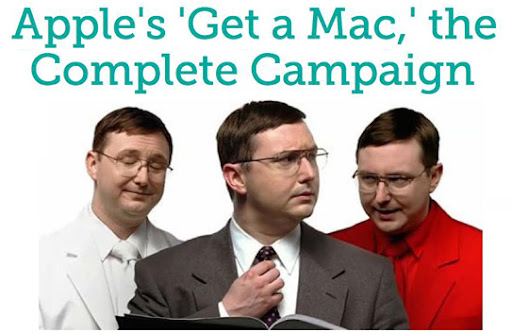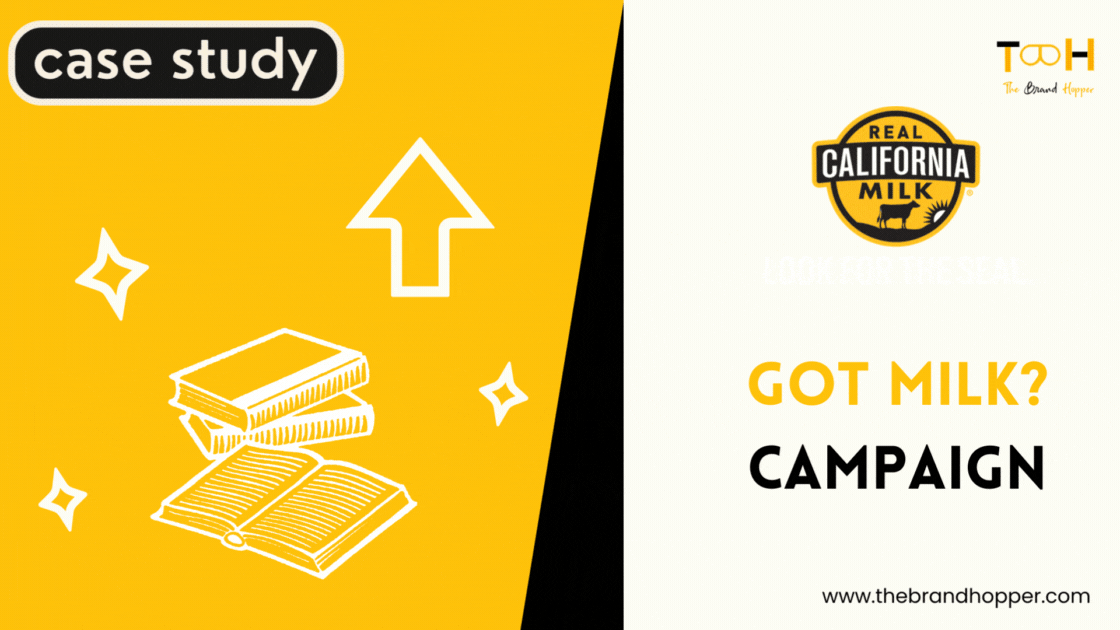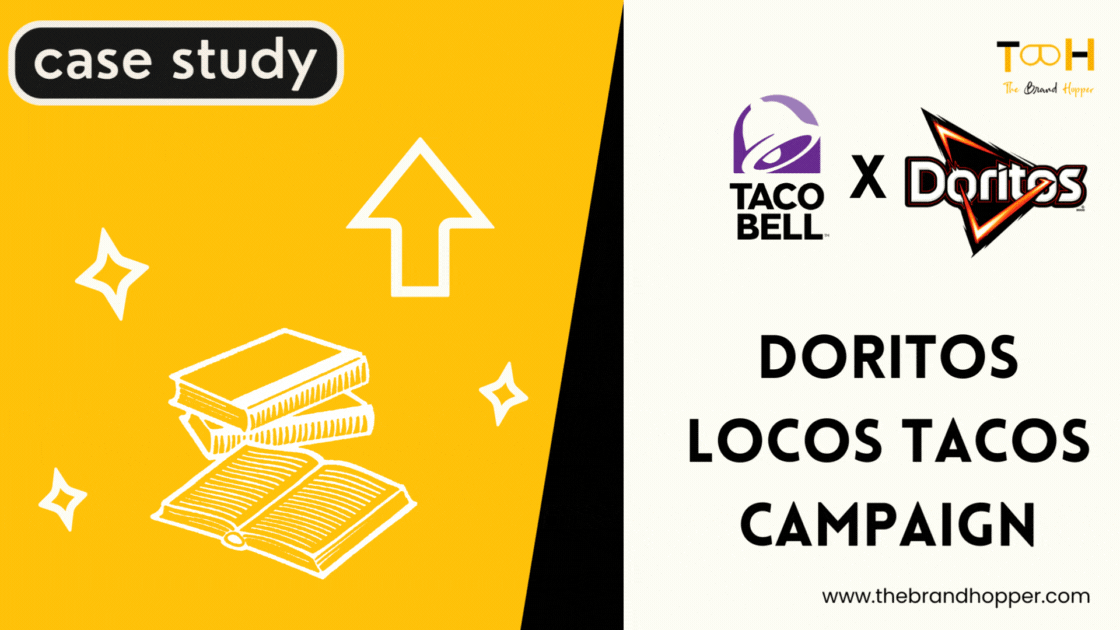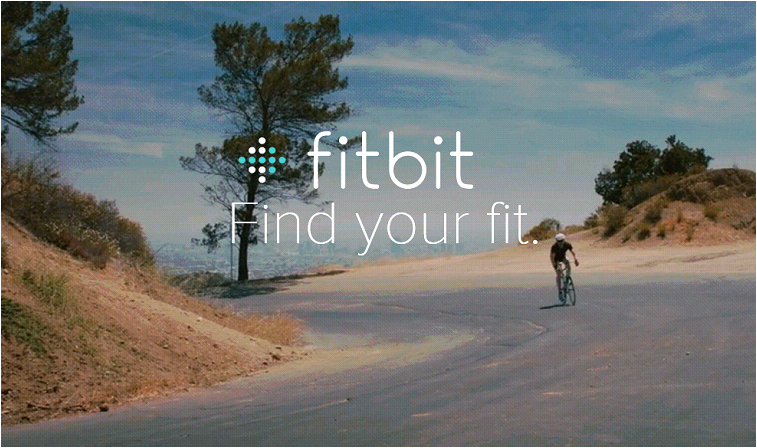Remember the friendly (yet hilariously pointed) banter between a laid-back Mac and a slightly uptight PC? That’s Apple’s “Get a Mac” campaign, a series of television commercials that redefined tech marketing from 2006 to 2009.
Imagine this: Justin Long, cool and casual, personifies the Mac. John Hodgman, in a suit and tie, embodies the PC. They playfully debate the strengths of their platforms, showcasing the Mac’s ease of use, sleek design, and intuitive features in a way that makes you chuckle and think.
Simple, witty, and oh-so-effective. The ads’ minimalist style, with a clean white background and the two actors facing each other, kept the focus on the message. But it was the humor that truly resonated. Mac’s playful jabs at the PC’s quirks resonated with consumers, making Apple’s technology feel approachable and desirable.
The impact? Stellar. The campaign helped Apple gain significant market share and made Macs a popular choice for everyday users. Critics lauded its creativity and effectiveness, and the ads remain etched in pop culture memory even today.
“Get a Mac” wasn’t just about selling computers; it was about changing perceptions. It redefined Apple as the cool kid on the block, the user-friendly alternative to the complex world of PCs. And it all started with a playful conversation between two actors on a white background.
Background
Stepinto 2006, a time when PCs dominated the computer landscape. Apple, though beloved by a dedicated fanbase, still held a smaller market share. It was then that a revolutionary marketing campaign emerged, aiming to shift the tides: the iconic “Get a Mac” campaign.
Crafted by TBWA\Media Arts Lab, Apple’s then-advertising agency, this campaign had a clear mission:
- Capitalize on the rising popularity of Macs. Apple recognized the growing buzz around their products and wanted to amplify it.
- Position Macs as the superior choice for everyday users. Ease of use, security, sleek design, and unwavering reliability were to be the new Mac mantra.
- Go global, not just national. The campaign transcended borders, spreading its message across the United States, Canada, Australia, New Zealand, the United Kingdom, and even Japan.
And what a captivating message it was! Forget dry tech specs and monotonous voiceovers. “Get a Mac” ushered in a new era of playful marketing, starring two unforgettable characters:
- Justin Long, the epitome of laid-back cool, personified the Mac. His casual demeanor and witty humor made technology feel approachable and fun.
- John Hodgman, in his signature suit and tie, embodied the slightly uptight PC. His portrayal offered a humorous foil to the Mac, highlighting the perceived complexities of Windows-based machines.
The stage for this playful tech debate was simple yet effective: a clean white background, the two actors facing each other. This minimalist canvas allowed the focus to remain on the witty banter and clever comparisons. Each ad tackled a specific aspect of the Mac-PC rivalry, from ease of use (“Switch”) to virus protection (“Virus”).
The impact was undeniable. “Get a Mac” became a critical and commercial darling, winning awards like the prestigious American Marketing Association’s 2007 Grand Effie. The ads resonated with the public, becoming pop culture references and leaving a lasting legacy.
More than just selling computers, “Get a Mac” reshaped the landscape of tech marketing. It proved that humor and personality could be powerful tools, paving the way for a more engaging and relatable approach to advertising. In essence, it opened the door for a new generation of tech users to embrace the world of Macs.
Target Audience
Apple’s “Get a Mac” campaign targeted average computer users who might be persuaded to switch from a PC to a Mac. The campaign ran from 2006 to 2009, and helped Apple increase its net income each year.
The campaign’s target audience included:
- Tech-savvy: The campaign targeted non-tech-savvy PC users.
- PC users: The campaign targeted PC users who were afraid to switch to a Mac.
- Uninformed: The campaign targeted consumers who chose PCs because they didn’t know about Apple.
- Misinformed: The campaign targeted consumers who had misconceptions about Mac computers.
The campaign’s strategy included:
- Highlighting PC problems: Each “episode” highlighted a specific problem with PCs.
- Creating characters: Apple created two characters for the campaign, “MAC” and “PC”. Justin Long played the character “MAC” and John Hodgman played the character “PC”.
Campaign Strategy
Personification: The campaign’s genius lay in personifying Mac as the cool, laid-back “Mac guy” and PC as the uptight, bureaucratic “PC guy.” This humanized tech and made the comparison engaging and relatable.
Humorous Storytelling: Lighthearted banter and witty scenarios highlighted Mac’s strengths in areas like ease of use, virus protection, and design. Humor disarmed skepticism, made complex topics understandable, and left a lasting impression.
Simple Visuals: The clean white background and minimalist sets kept the focus on the message and avoided distractions. This visual style mirrored Apple’s brand identity of sleekness and sophistication.
Targeted Messaging: Different ad variants focused on specific user segments and their needs, like students worrying about deadlines or musicians struggling with software compatibility. This ensured the message resonated deeply with the intended audience.
Catchy Jingle: “Having Trouble Sneezing” further embedded the campaign in viewers’ minds and added a layer of memorability.
Multi-channel Approach: The campaign wasn’t limited to TV. Online ads, print materials, and in-store displays reinforced the message across various touchpoints.
Competitive Advantage: By highlighting PC weaknesses and showcasing Mac’s strengths, the campaign created a clear differentiation and positioned Apple as the superior choice.
Cultural Integration: The ads became pop culture references, further solidifying Apple’s brand image and extending its reach beyond targeted audiences.
Campaign Results
Apple’s “Get a Mac” campaign wasn’t just a bunch of funny commercials; it was a marketing blitzkrieg that reshaped the tech landscape. Its results were nothing short of phenomenal:
Market Share Skyrocketed: In just three years, Mac’s market share quadrupled, jumping from 5% to a staggering 23%. This dramatic shift cemented Apple’s position as a major player in the PC market.
Brand Image Transformed: From a niche brand for creative professionals, Apple morphed into a mainstream darling, synonymous with cool and user-friendly technology. The “Get a Mac” campaign successfully changed consumer perceptions, making Apple a desirable choice for the masses.
Sales Soared: The impact was immediate. Apple saw a 200,000 increase in Mac sales just one month after the campaign’s launch. By the end of the year, sales figures boasted a 39% jump compared to the previous year.
Critical Acclaim: The campaign wasn’t just adored by consumers; it garnered numerous awards and accolades. The pinnacle was the prestigious 2007 Grand Effie Award, and recognition as the Adweek “Ad Campaign of the Decade.”
Overall, “Get a Mac” exceeded all expectations. It redefined marketing and advertising for tech products, proving that humor, clever storytelling, and relatable characters could win hearts and minds – and drive major business success. The campaign’s legacy stands as a testament to the power of bold ideas, executed with wit and precision, to leave an indelible mark on the world.
Lessons Learned
- The power of storytelling: Compelling narratives resonate with audiences and effectively communicate complex messages.
- Humor as a marketing tool: Humor can disarm skepticism, make complex topics relatable, and leave a lasting impression.
- Importance of brand differentiation: Clearly define what makes your brand unique to stand out in a crowded market.
- Multi-channel approach: Extend your message across various touchpoints to reach your audience effectively.
Conclusion
The “Get a Mac” campaign is a masterclass in marketing strategy. By understanding its target audience, crafting a relatable message, and delivering it in a humorous and engaging way, Apple achieved remarkable success. This case study offers valuable lessons for any marketer looking to build a strong brand and connect with their audience on an emotional level.
Also Read: A Case Study on Apple’s “Shot on iPhone” Brand Campaign
To read more content like this, subscribe to our newsletter



